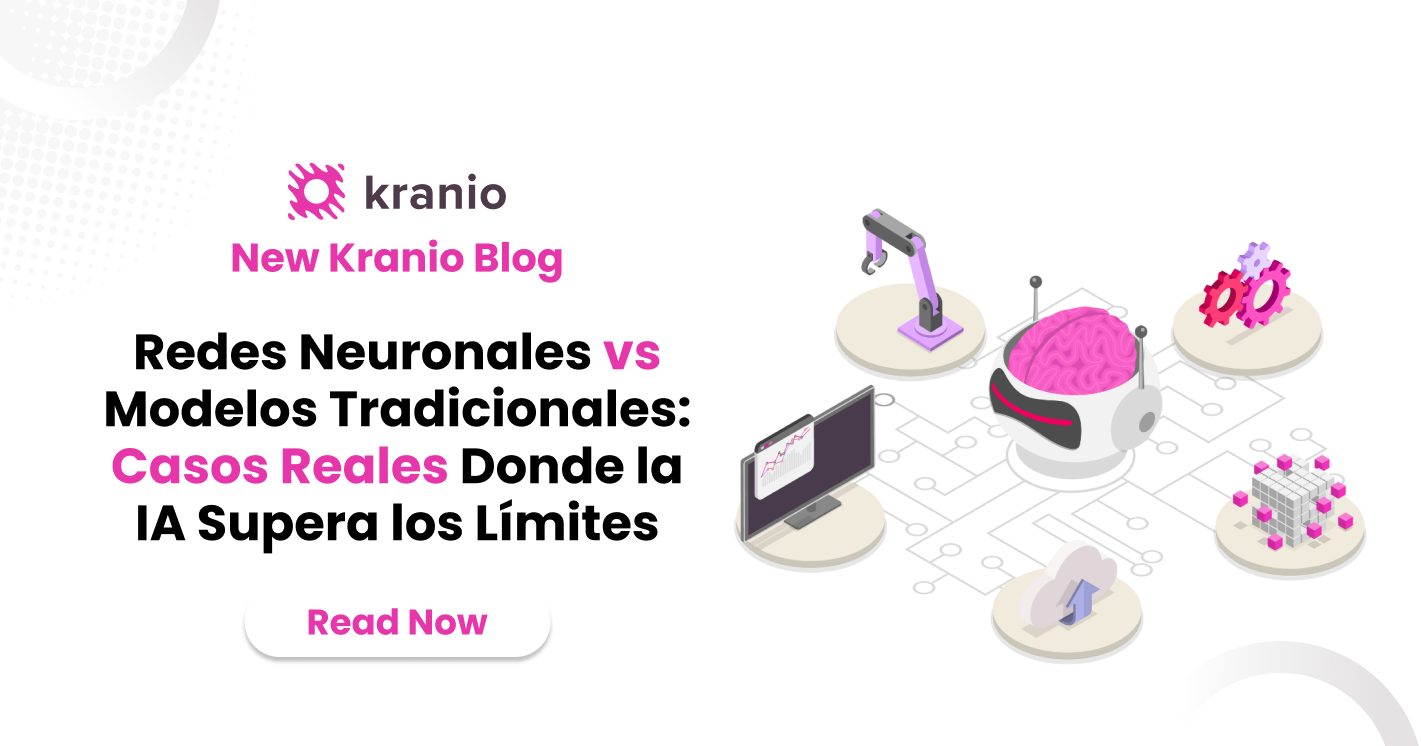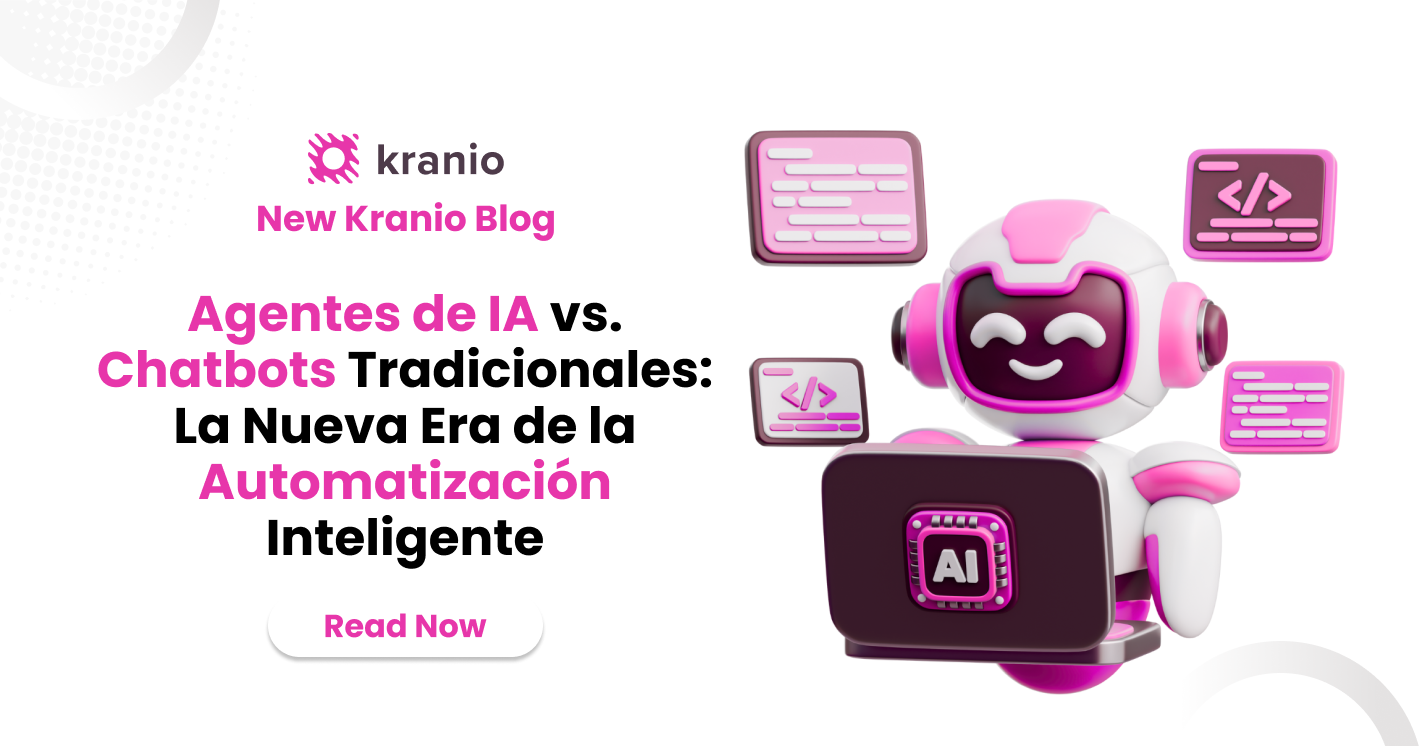In the world of software development, one of the most critical decisions faced by technical leaders and architects is what type of architecture to use: monolithic or microservice-based? Both options have advantages, disadvantages and scenarios where they shine. In this article, you'll understand the key criteria for making this decision, based on typical scenarios faced by organizations.
What is a monolith and what are microservices?
Before delving into the decision criteria, it's important to understand the difference:
- Monolithic architecture: The entire system is built as a single unit. This means that all functionalities (from business logic to user interfaces and the database) are integrated into a single application.
- Microservices architecture: The system is divided into small, independent services, each with its own logic and data. These services communicate with each other using APIs or messages.
Let's look at an example to understand how the same system is structured with each architecture. Suppose we want to make a product management system that users can buy, we would have three main entities: Users, Products and Payment.
In a monolith system these would be entities within the same application and would be related to each other, the application would be a single one, for example sales_system that would contain all the logic and all the members of the team would make changes to this same application.
In a microservice system, these same functionalities would be divided into smaller applications: User would be a microservice that would manage users, a product that would manage other products and Pago another that would manage payments, there may be others, and even if they are different applications, they would need to continue communicating, but it would be through messages, since each one would be independent of the other, each would have its own communication with a database, its business logic, its internal entities, etc.
Both of these architectures are valid, but their suitability depends on specific factors.
Key criteria for making the decision
Next, we'll analyze the most important factors to consider when choosing between monolith and microservices based on the needs and characteristics of your project.
1. Equipment size
- Monolith: Ideal for small or medium-sized teams, where fluid communication and collaboration are easier to manage. In an environment where everyone is working on the same code, it's easier to coordinate efforts.
- Microservices: More suitable for large or distributed teams, as it allows the work to be divided into separate modules. Each team can be responsible for a specific service, minimizing bottlenecks.
Typical scenario: If your team has less than 10 people, a monolith is usually more efficient. For large teams, microservices allow for a more effective distribution of work.
2. Complexity of the system
- Monolith: Works well for simple or moderately complex systems. By having everything in one unit, it's easier to manage logic and perform tests.
- Microservices: They are ideal for highly complex systems with multiple business domains that can evolve independently.
Typical scenario: If you're building an application with limited functionality, a monolith is more suitable. However, if the system includes multiple modules that need to scale or evolve independently, microservices are the best option.
3. Scalability
- Monolith: Scaling a monolith involves replicating the entire application, which can be costly and less efficient.
- Microservices: They offer more granular scalability, since you can scale only those services that need it, optimizing resources.
Typical scenario: If you anticipate high demand in certain parts of your system (for example, payment processing in an e-commerce), microservices will allow you to scale those parts without scaling the entire system.
4. Budget and development time
- Monolith: Generally, faster and cheaper to develop initially, since it does not require the configuration of multiple services or complex tools.
- Microservices: Although they offer long-term benefits, their initial configuration is more expensive and complex due to the need to manage communication between services, monitoring and independent deployments.
Typical scenario: If you're operating on a limited budget or need to get to market quickly, start with a monolith. If you have the resources and time needed to build a robust architecture from the start, consider microservices.
5. Level of technical expertise of the team
- Monolith: Requires less specialized knowledge. It's easier for teams with general software development experience.
- Microservices: They require an advanced level of expertise in orchestration, monitoring, continuous deployment and distributed problem solving.
Typical scenario: If your team has no previous experience with microservices, a monolith will reduce the risk of errors and technical problems. Microservices are more suitable for teams that are experienced or have the opportunity to train development staff.
Advantages and disadvantages of each approach
%202.43.40%E2%80%AFp.m..png)
How to make the decision?
The key is to analyze the specific needs of your project and your organization.
- Do you need to launch fast and have a small team? Choose a monolith.
- Will your system grow significantly in the future? Consider microservices, especially if the functionalities are separate.
- Are your budget and technical expertise limited? It starts with a monolith and evolves as needed.
- Do you operate in an industry with high demand for scalability and resilience (such as e-commerce or fintech)? Microservices will be more suitable.
Conclusion
There is no one-size-fits-all solution, and choosing between monolith and microservices depends on multiple factors such as the size of your team, system complexity, scalability needs, budget, and technical expertise. The key is to carefully evaluate your situation and your long-term goals.
Remember that in some cases, it may be best to start with a monolith and migrate to microservices as your system and needs evolve. In the end, the best architecture is one that balances efficiency, costs and risks, helping you effectively achieve your business goals.










.png)
.png)
